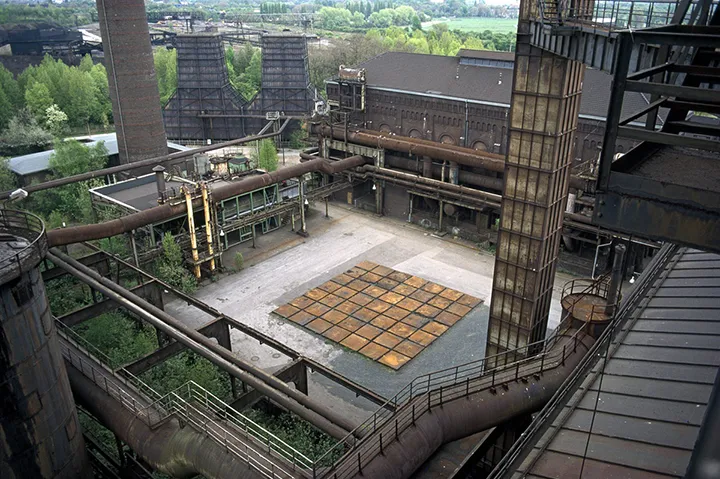Industrial Landscapes in Transformation

John Brinckerhoff Jackson is one of the founding members of American Landscape Studies and he redefined the term „landscape“ in 1984: „Landscape is not a scenery, it is not a political unit; it is really no more than a collection, a system of man-made spaces on the surface of the earth. Whatever its shape or size, it is never simply a natural space, a feature of the natural environment; it is always artificial, always synthetic, always subject to sudden or unpredictable change.“
Based on this definition all landscapes, especially the industrial and post-industrial landscapes have to be read in a completely new way, much different from the way of reading centuries ago. This will inevitably lead to new planning and design strategies, not only in landscape architecture but in all neighbouring disciplines, concerned with the design of a global sustainable environment.
The Chair for Landscape Architecture and Industrial landscape (LAI) is working in this specific field of research, which is of great importance for the successful transformation of cities and landscapes. In this context, Professor Dr. Udo Weilacher carefully examined in the last years the trend-setting work of the renowned landscape architect Peter Latz. Since the 1980s Latz promoted syntactical design methods in order to transform former industrial landscapes and he proved the enormous value of this method in his famous Landscape Park Duisburg Nord. Weilacher not only studied the new environmental qualities of Peter Latz’ landscape projects but he also examined the method of syntactical design, its theoretical background, practicability and future value for landscape design.
In his book „Syntax of Landscape. The Landscape Architecture of Peter Latz and Partners“ (German/ English/ Chinese edition) Udo Weilacher published in 2009 the results of his research and was awarded by the Foundation of Landscape Studies in New York in 2012 with the renowned John Brinckerhoff Jackson Book Prize. The jury pointed out: „Only books based on original research and those that break new ground in method or interpretation will be considered. The purpose of this prize is to reward contributors to the intellectual vitality of garden history and landscape studies.“